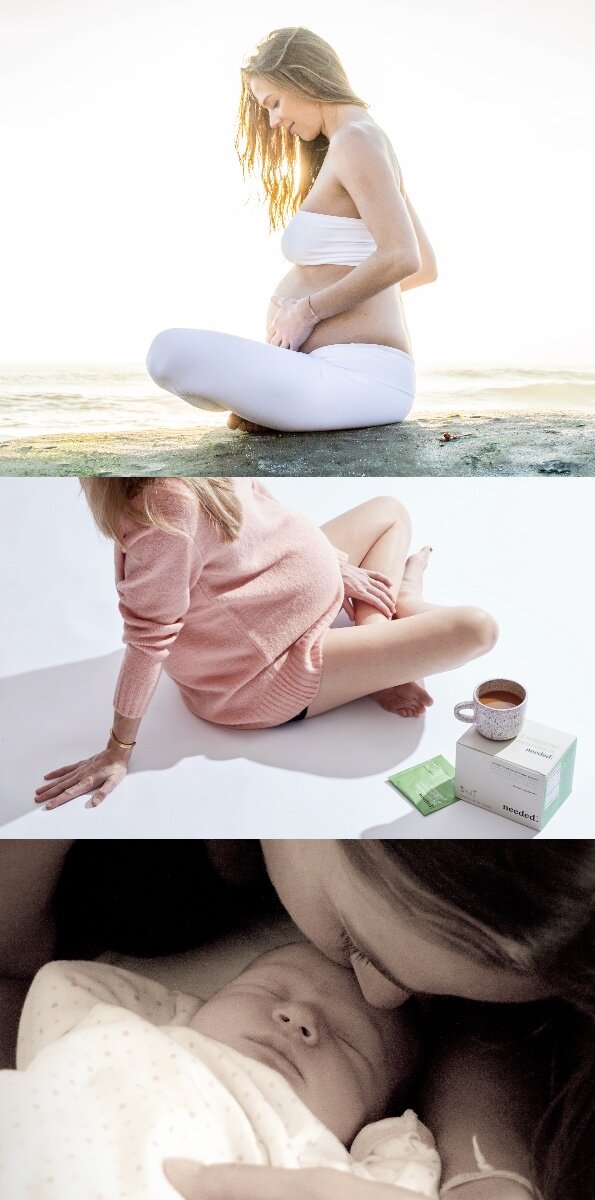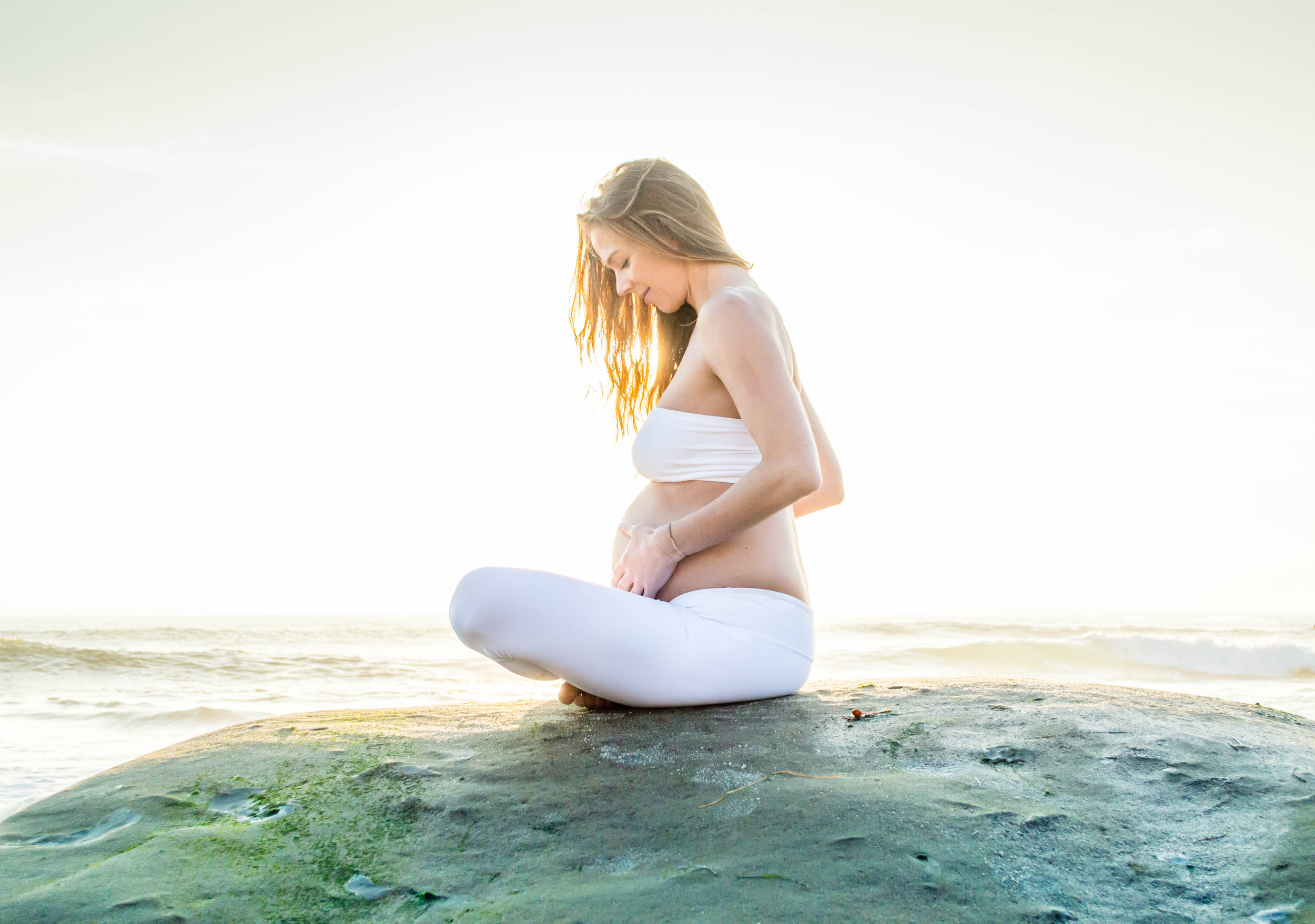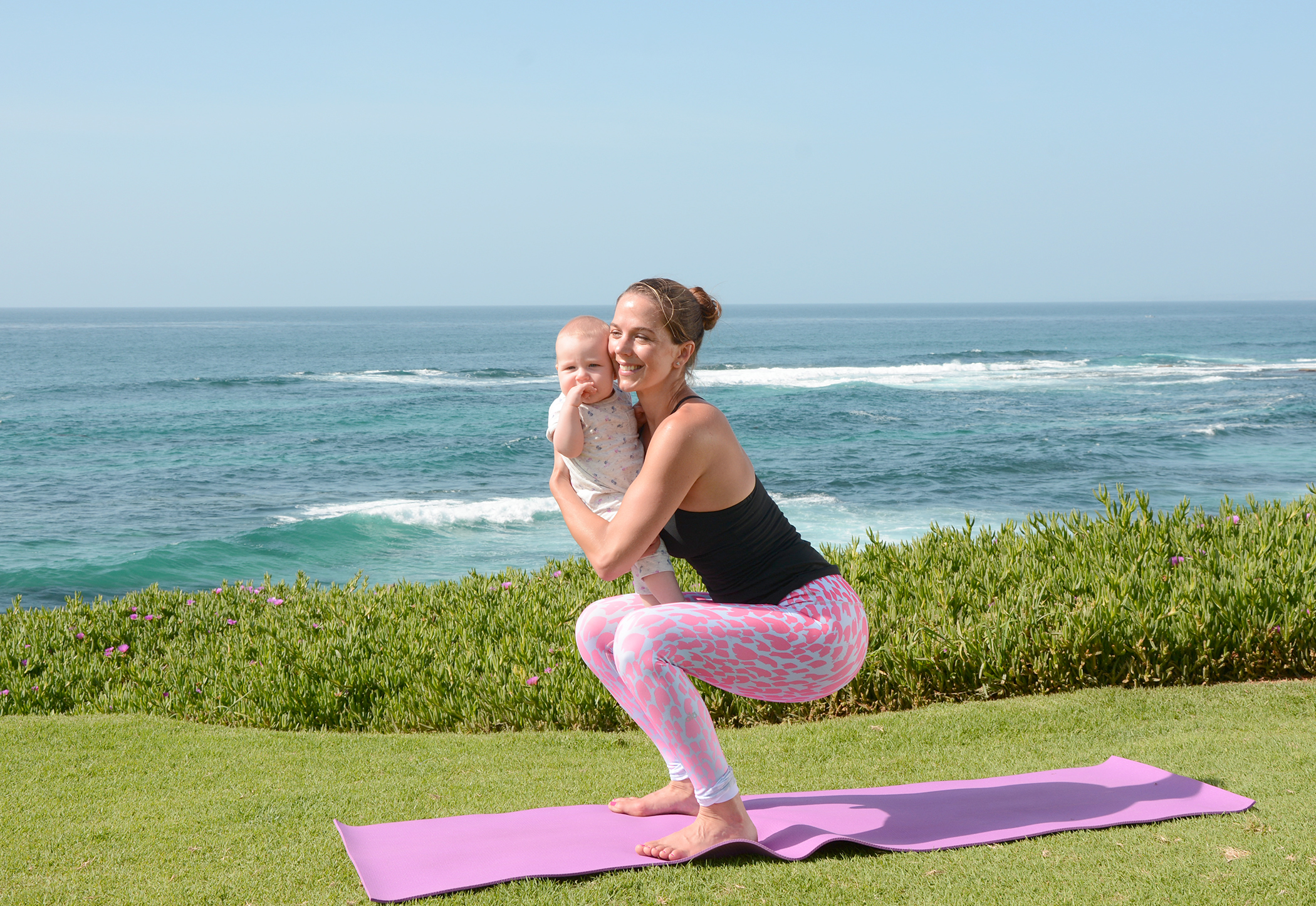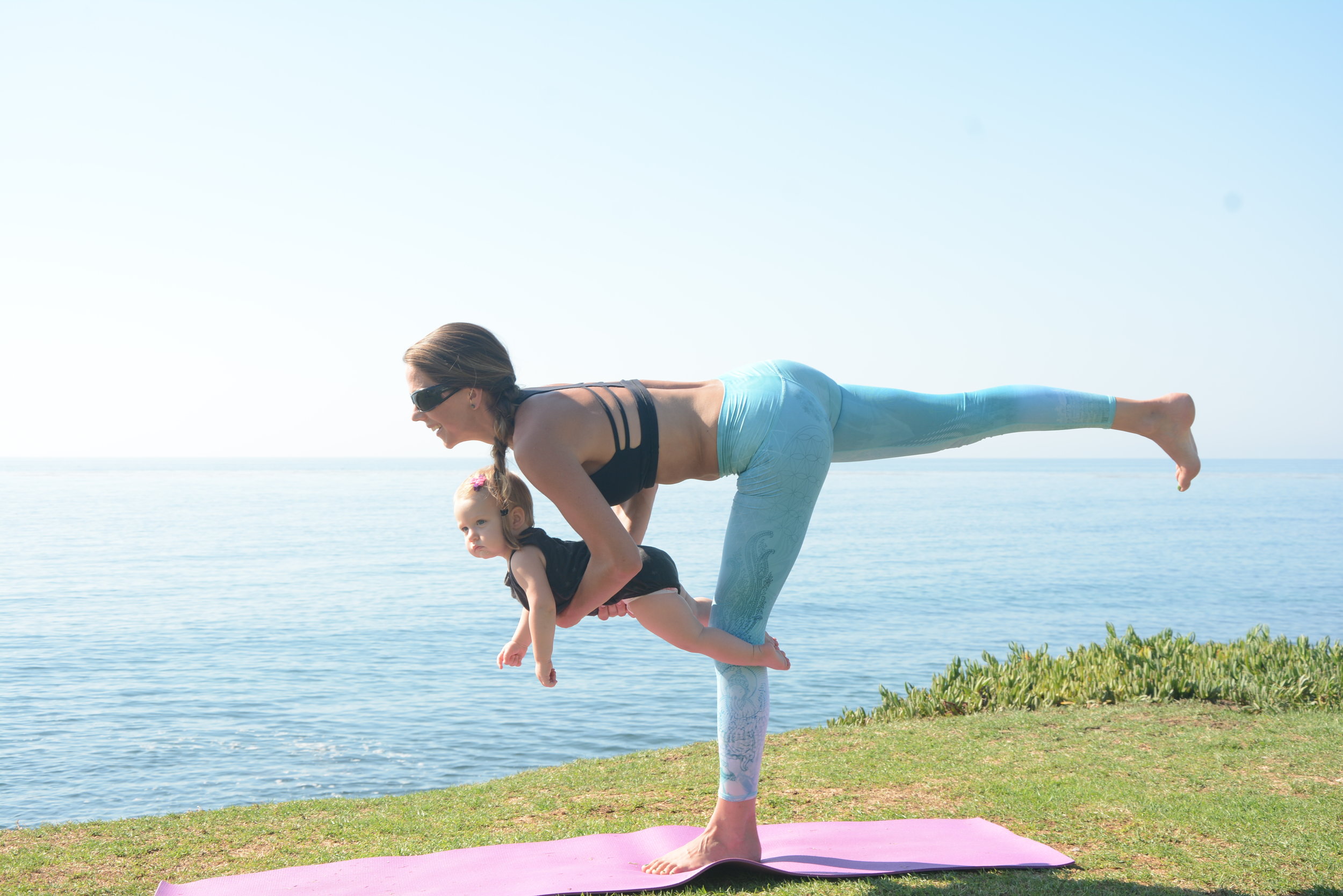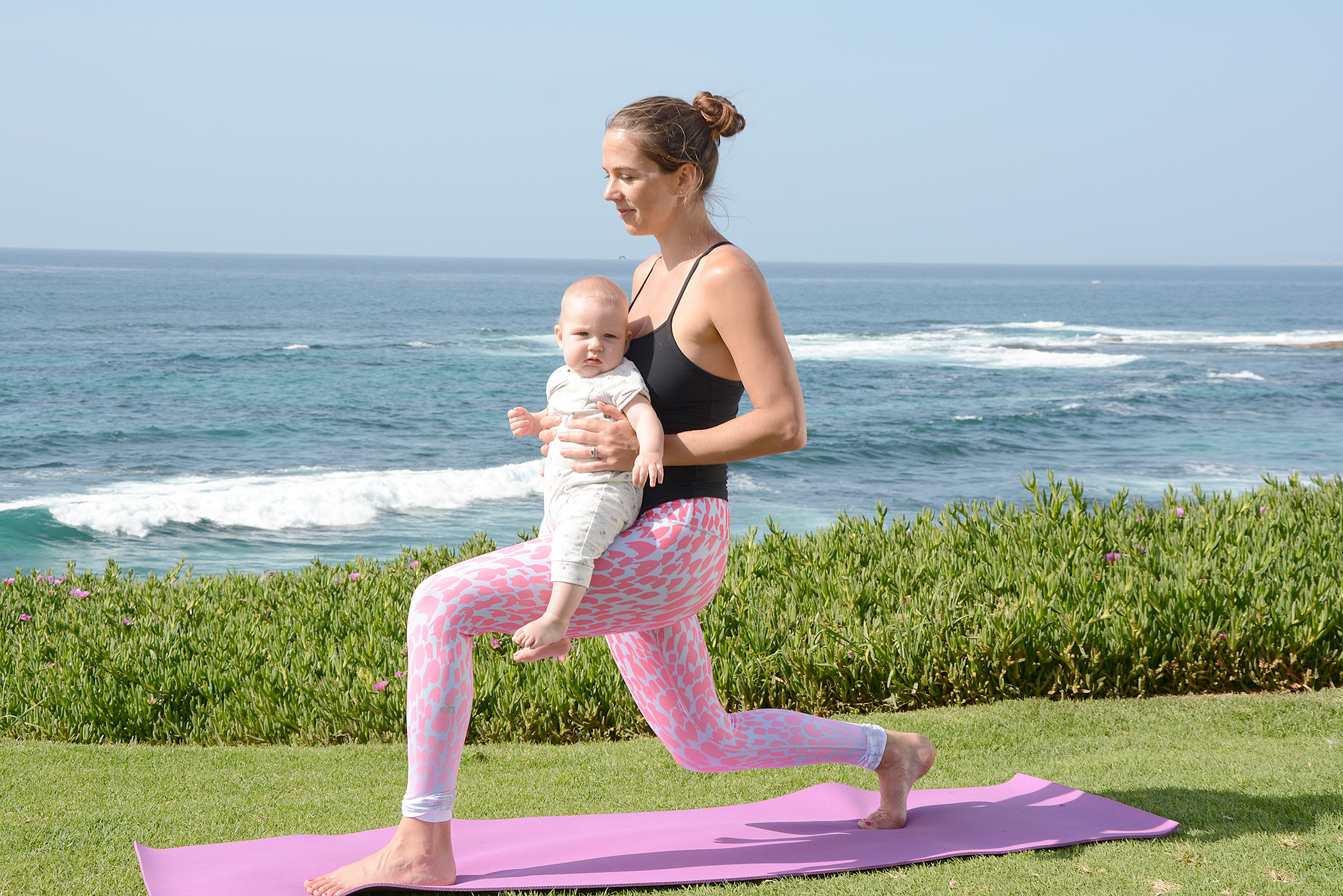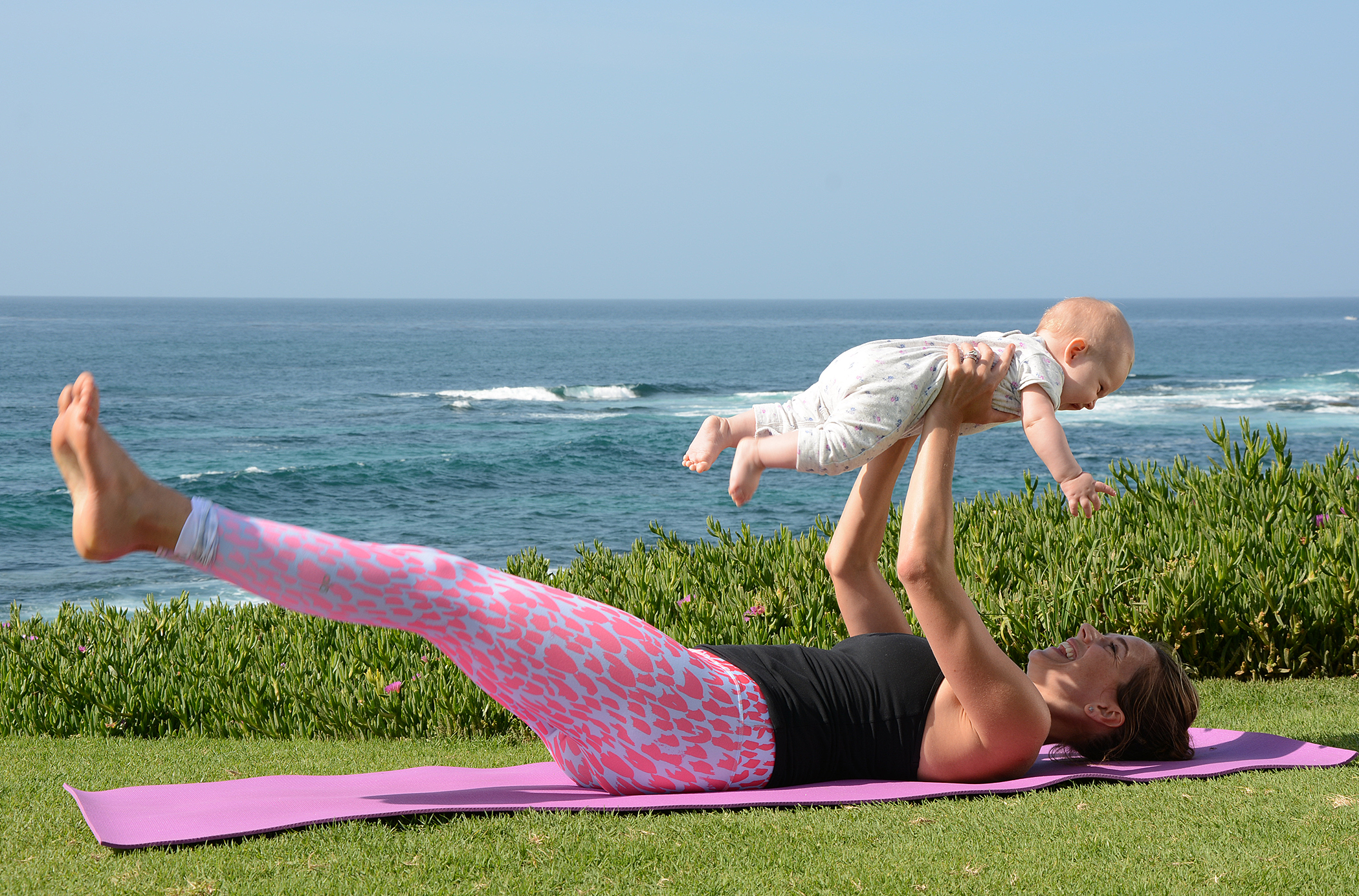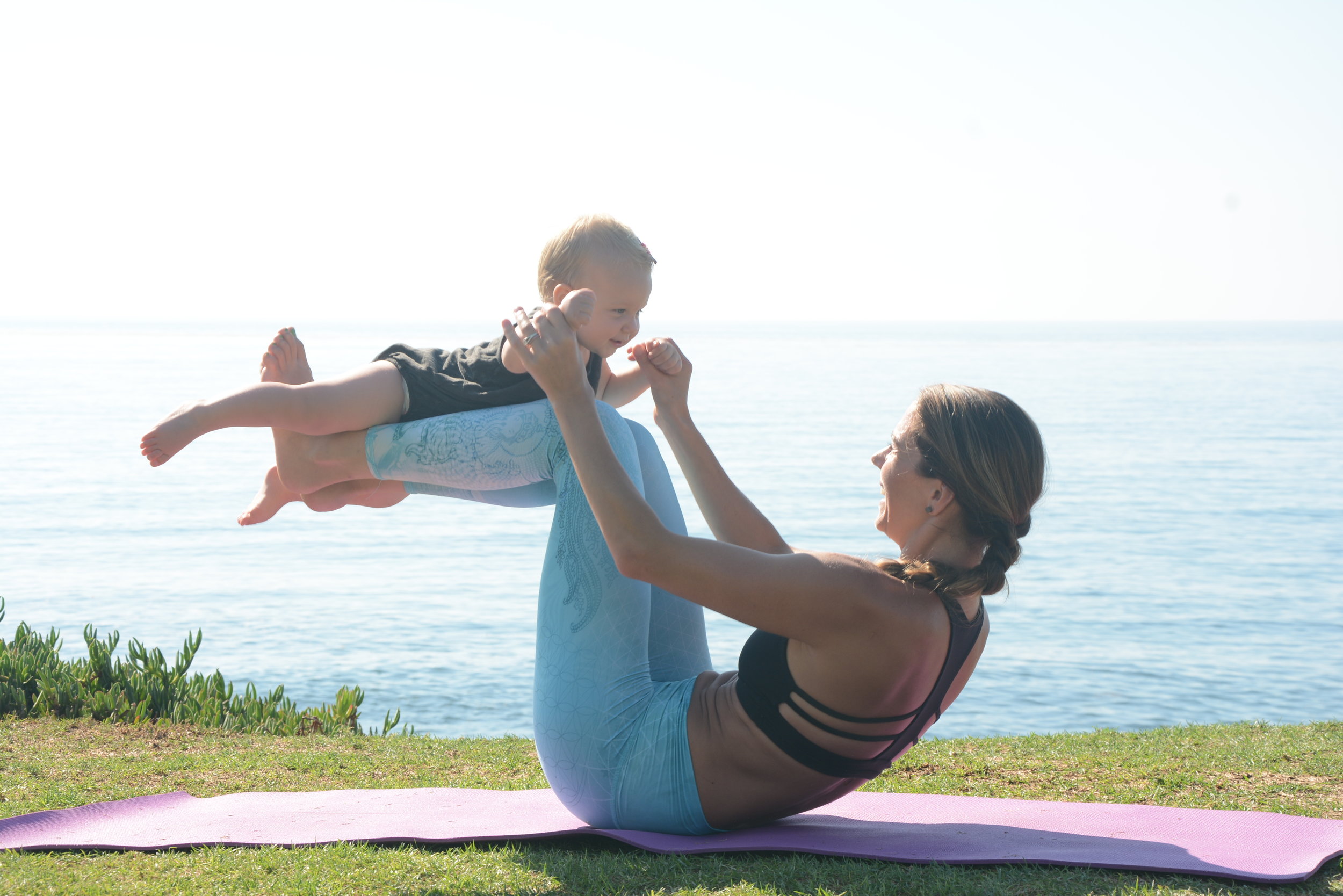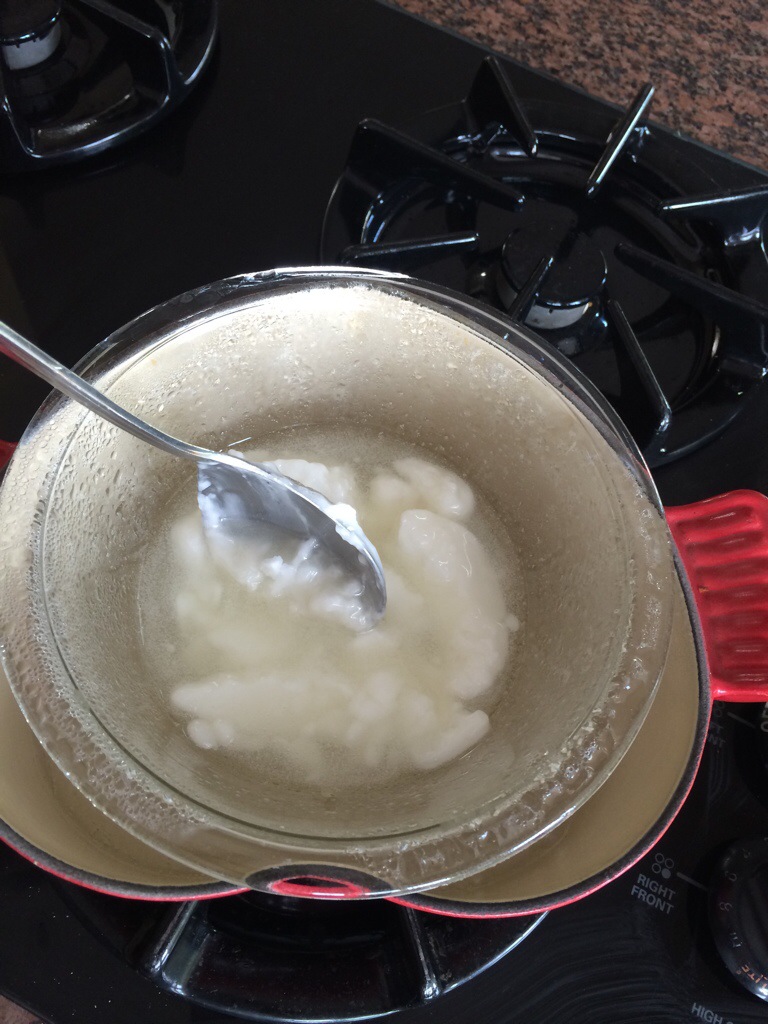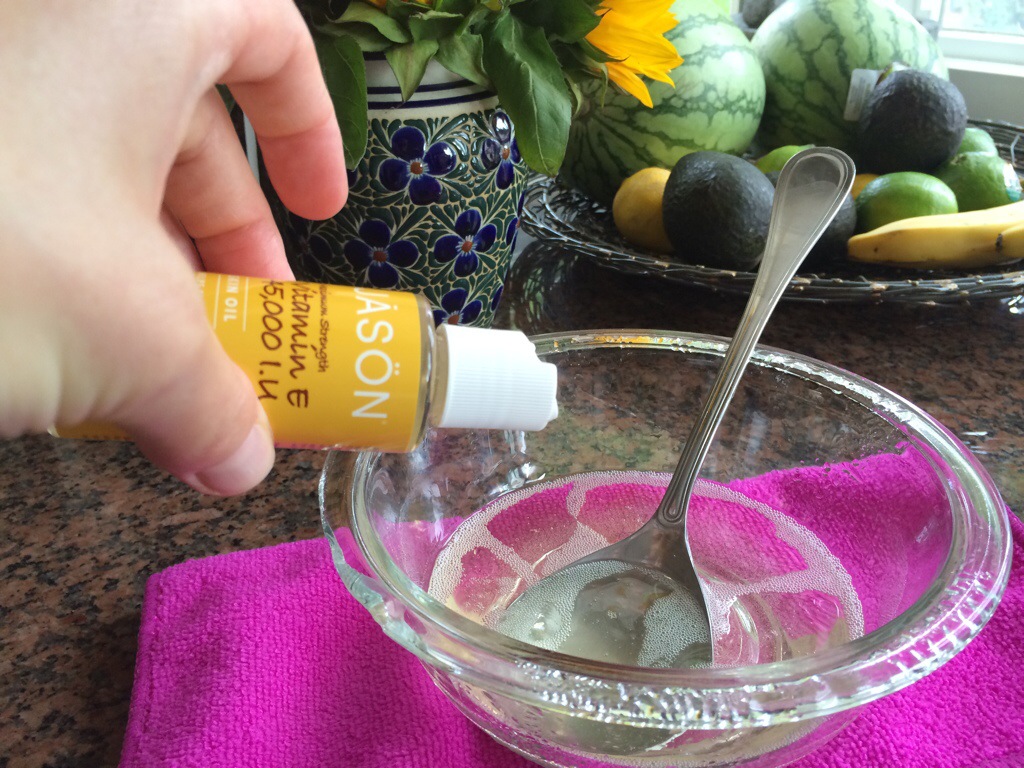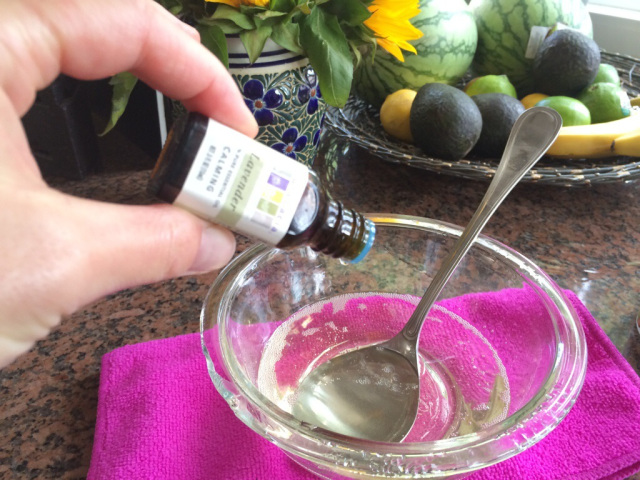Over the years of teaching prenatal yoga and being pregnant multiple times myself, I have tried and tested many prenatal supplements. I have partnered with Needed to bring you the best, scientifically developed supplements for mama - to - be. You will find everything form prenatal multi, prenatal DHA, and natural sleep and relaxation supplements. Read this blog to see why it’s so important to pick the right supplement!
Enjoy these NEEDED discount codes!
“MAGDALENA” for 20% off one time purchase orders or first three months of our one month subscribe and save subscription option
“MAGDALENA100” for $100 total off the first three months of the Complete Plan ($33.33 off months 1, 2, 3)
“MAGDALENASAMPLE” for $10 off Sample Packs
“Written by Hillary Bennetts, nutritionist and Needed’s head of content”
As a nutritionist, I often get asked which prenatal vitamin I recommend. But more and more, I seem to be getting an even more fundamental question - do I really even need a prenatal vitamin?
It’s a valid question, some women feel they eat very nutrient-dense diets, and many others question the necessity as their grandmothers (and sometimes mothers) didn’t ever take a prenatal vitamin.It’s true that prenatal vitamins are a relatively new invention - they were introduced in the 1970s when some supplement companies began to add folic acid to their vitamins. Prenatal vitamins didn’t start to really gain traction until the 1980s when research that looked at the correlation between folic acid and a developing fetus became more mainstream (note: we now know that Folate is a much better option than Folic Acid).
So if women went for all those years without a prenatal vitamin - why do we need one now? Well, it turns out that quite a bit has changed in our food system since our mothers and grandmothers were having babies - and those changes are quite relevant when it comes to having enough nutrients to grow a baby and maintain a healthy mama. Here’s what’s changed and why it matters:
1. We know more now than we did then
You know the Maya Angelou quote: “Do the best you can until you know better. Then when you know better, do better.” That applies here too. The research that sparked the addition of folic acid into foods and vitamins in the 1970s was the beginning of a lot more research on what babies need to develop appropriately. We’ve since learned a tremendous amount about what nutrients are needed - things like Choline and Iodine that didn’t previously get much attention - and also about what forms your body can best use.
So perhaps if a prenatal vitamin that held hope of a healthier mama or baby was widely available in your grandma’s childbearing years, she would have taken one too.
2. Soil quality was better then and foods were more nutrient dense
Farming practices have evolved quite a bit over the past several decades. There has been a push to grow more, grow faster, and reduce pests with all sorts of industrial chemicals and detrimental practices. The unfortunate reality is that all of these goals to increase yield, decrease costs, and drive up profits has come at a cost. That cost is the quality of the soil and the nutrient quality of the food that grows in it.
It’s appalling actually. A study from the University of Texas at Austin’s Department of Chemistry and Biochemistry was published in December 2004 in the Journal of the American College of Nutrition. They studied U.S. Department of Agriculture nutritional data from both 1950 and 1999 for 43 different vegetables and fruits, finding “reliable declines” in the amount of protein, calcium, phosphorus, iron, riboflavin (vitamin B2) and vitamin C over the period studied. The study attributes this declining nutritional content to the preponderance of agricultural practices designed to improve traits (size, growth rate, pest resistance) other than nutrition.
Several other studies have similar findings. For example, a Kushi Institute analysis of nutrient data from 1975 to 1997 found that average calcium levels in 12 fresh vegetables dropped 27 percent, iron levels 37 percent, vitamin A levels 21 percent, and vitamin C levels 30 percent.
In other words, you could eat the same diet - the same foods in the same amounts - as your grandma, and you’d get less nutrients. So in addition to taking your prenatal vitamin during all stages of pregnancy (before, during, and postpartum), it’s also a good idea when possible to purchase locally from farmers who practice regenerative and sustainable farming practices. They are the ones who are farming as nature intended. They care for their soil, their animals, and the environment, and it shows in the nutrient quality of the food they produce.
3. Our grandparents ate closer to harvest
Another thing that has changed in our society in recent decades is our access to food. When my grandparents were growing up in Western Pennsylvania, they weren’t eating strawberries flown in from South America in the dead of winter. They ate fresh strawberries from their backyard garden when they were in season, at the peak of freshness, right after they were harvested. It was about as fresh as it got. They did also freeze and can produce at the peak of freshness to enjoy year round.
Why does this matter? Because food picked and eaten at the peak of freshness is generally more nutrient dense than food picked when still under ripe. And food picked when still under ripe is quite common - it’s done so that it doesn’t spoil by the time it travels by plane and truck to your grocery shelf. Yes, it still contains important nutrients and antioxidants (and is certainly a better pick than the processed stuff found in the center aisles of the grocery store) but it is generally less nutrient dense than if picked when its had a chance to ripen in the soil and sun, rather than in a plastic clamshell in a pallet on a truck.
4. Our grandparents ate nose to tail
Nose to tail = the whole damn animal. Not chicken breasts and flank steaks. But chicken on the bone with skin and organ meats like liver. Bones were cooked down into broth and used in soups and stews. This type of diet was extremely nutrient-rich and full of things like collagen and gelatin that are good for everything from our skin to our gut.
5. Our grandparents weren’t exposed to the same toxins we are
Simply put, there were a lot fewer toxins out there back then. Now, we have to be super careful reading the labels of all sorts of things we interact with every day from our makeup and shampoo, to our cleaning products and water bottles.
Our grandparents also weren’t exposed to many of the modern inventions that we now know can deplete nutrients and complicate health in other ways, like hormonal birth control and antibiotics.
6. Our grandparents ate more dirt
It sounds funny, but it's true. While the cleanliness of modern food practices can be helpful for avoiding foodborne illness, the way we clean so much of the dirt off of our produce also means that we are cleaning off some of the good bacteria. Now, we certainly want to wash hands and clean produce that was sitting on store shelves (and probably picked over and touched by a bunch of people before you), but the problem lies more in the scrubbing and cleaning of foods before they even hit the shelves.
See, the earth is full of bacteria, and it’s where we used to get most of our probiotics before they came bottled on shelves. But because of the mass growing and processing of produce that happens now, our food ends up squeaky clean and we end up far removed from the dirt and its friendly organisms that can help populate our own microbiomes.
Our ancestors also used fermenting as a way to preserve foods. The bacteria that naturally results was (and still is) great for the gut.

